As a B2B startup, your profitability largely depends on how efficiently you plan and manage your team’s time.
When you’re just starting out, it can be tough to balance demand and delivery. We talked to B2B founders who have successfully scaled their tech businesses to find out what’s worked for them.
Know how to hire effectively
When it comes to operations, the challenge for many growing businesses is thinking about who to hire, when to hire and how to structure teams.
Luke Trimmings is the founder of Appeal Digital, a web design agency focused on WordPress and Magento solutions. In less than two years, Appeal has expanded from two to eight people. The growth has felt natural, hiring people as the existing team get busy.
“The trick is to hire at the right time. Last year was a big step for us because we hired our two most senior people – a back-end developer and a project manager. This all happened within three months, so it was a lot of cost very quickly. We knew we needed it to build the business, but we didn’t have the financial stability. It was a chicken and egg scenario. Luckily, it paid off,” Trimmings said.
We knew we needed it to build the business, but we didn’t have the financial stability. It was a chicken and egg scenario
Felix Winstone, MD at Talkative agrees that how you hire is crucial. He has taken his team to 12 people in three years and has learnt the importance of hiring the right people.
“I cannot stress this enough. Great people don’t need to be managed, so definitely be picky about who you hire, especially if you’re a small team.”
Productivity isn’t always about more people
It can be tempting to fixate on the company headcount and how it’s growing. For these founders, becoming more efficient isn’t always about adding more people.
“It’s about becoming smarter, automating things that aren’t of strategic value for the business and finding activity that can be outsourced to others,” explains Adam Hadley, the founder of QuantSpark. His company is an unusual hybrid of tech and consultancy, building analytical tools for clients who need support with strategic decision making.
“Scaling by headcount is a bad move,” he said. “You need to get critical mass and then get smart about what’s important for your team to be doing versus what can be automated. You have to look at how you can make people more productive, what software can be used and how you can build value by working with others.”
One thing that’s worked at QuantSpark has been working with third parties to help them scale operational processes, such as HR and legal.
“It might be costly to begin with, but it’s often worth doing. The adage we have is: try to outsource everything that doesn’t give you a strategic advantage.”
Learn how to say no
Felix Winstone’s Talkative connects customer-facing websites with enterprise contact centres, embedding live web chat, web calling, video calling and co-browsing directly into its clients’ websites. Their aim is to build a single product that can be used by many, and they’ve taken a customer-driven approach to developing it.
“We often end up working in ‘project mode’ to enhance our product to meet a client’s needs,” explains Winstone.
In my experience, the key is knowing what to say ‘no’ to
“At the beginning, it was simply a case of saying ‘yes’ to the question of ‘can you do X?’. I wouldn’t advise this as a sustainable sales or product strategy, but in the early days you have to be flexible and accommodating to customer demands.”
Winstone’s team has had to learn to be more consultative, offering clients suggested best practices, rather than accepting requests at face value.
“In my experience, the key is knowing what to say ‘no’ to. That way, you can do a good job on the few things you say ‘yes’ to. Being clear about what you’re working towards is an effective way to get more done. Not that it’s always easy!”
Put process at the heart of the operation
One word that comes up time and time again is “process”, whether that’s finding the right software solutions to streamline the workload or implementing bespoke procedures into the team’s workflow.
“We’ve spent a ton of time and money to make things process-orientated,” said Trimmings.
“This includes ensuring we’ve got clear systems and sign-off procedures for when something goes live. We’ve built our own knowledge base which has everything from design to deployment checklists. This gives the team the confidence to work without micromanagement, meaning they can focus on what they do best. We’ve found it super helpful for us.”
Hadley goes back to his adage about outsourcing when it comes to process too. “It’s smart to look at what you can outsource in terms of using software to automate processes, so you don’t become bogged down in detail,” he advised.
There are obvious solutions like Xero for accountancy and My HR Toolkit to manage HR & comms. For everyday solutions, there are tools like Slack, and even using email more effectively can enable your team to be more productive.
Create the right company culture
One theme that’s consistent with all three founders is the importance of creating a company culture that’s right for your workforce.
There’s no one-size-fits-all approach here, so it can be a long process that’s constantly evolving. It starts with understanding your employees’ expectations.
The average age of Hadley’s team at QuantSpark is 25, so he’s faced a steep learning curve in pinpointing the right combination of work tasks, career development and general workplace culture.
It takes a lot of practice to design opportunities for people to fail and grow, without meaning failure for the business
“I’ve realised that I need to create opportunities for people to try out new things, work on bigger projects and have more ownership for tasks. It takes a lot of practice to design opportunities for people to fail and grow, without meaning failure for the business. One thing is to let people manage others and work in teams to learn to be collaborative.”
He’s also found that young people can come to work with quite traditional ideas of how to work, which has driven him to break down some cultural blockers.
“In practice, we want to be agile, so we start the day with standups in a big circle saying three things we each want to achieve that day. What’s weird is that quite a few of the younger staff members are resistant to that way of working. But over time they get used to it – it’s a really great way of being collaborative and sharing ideas.”




